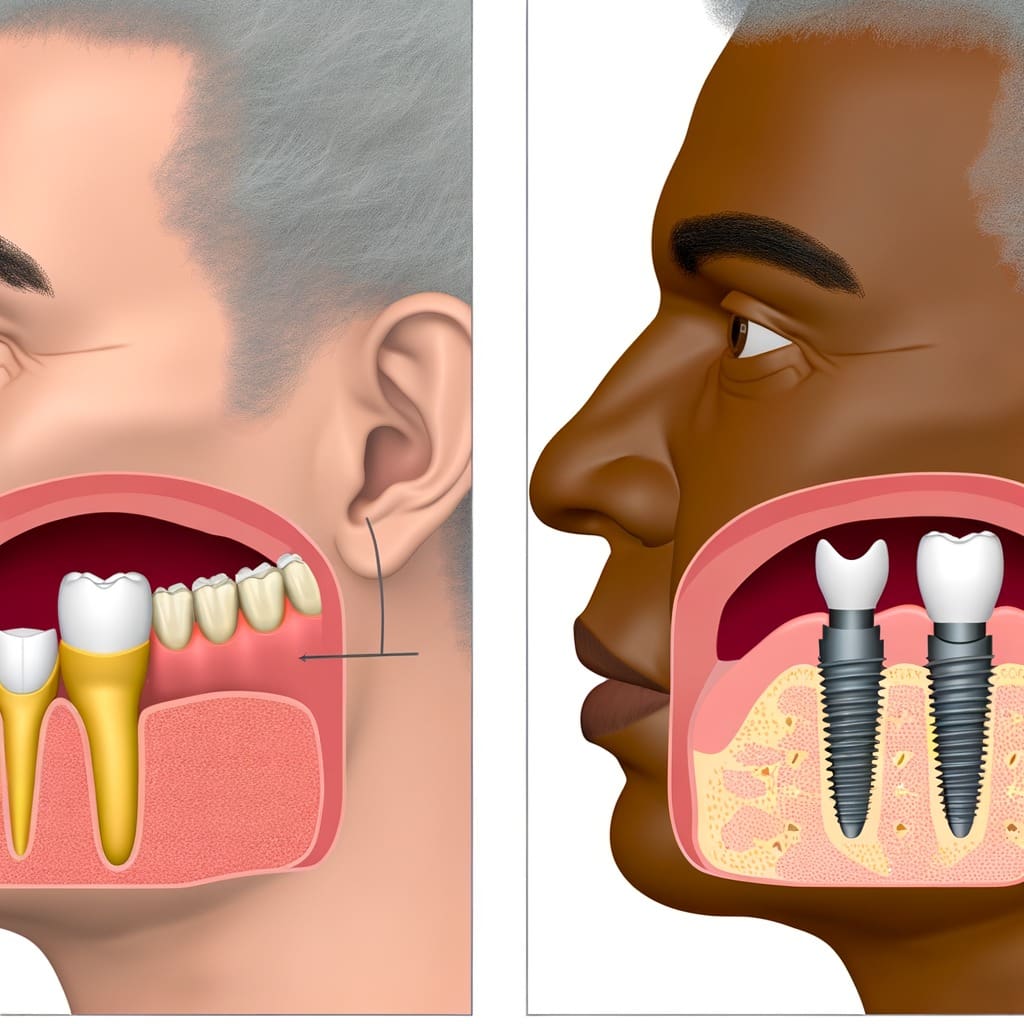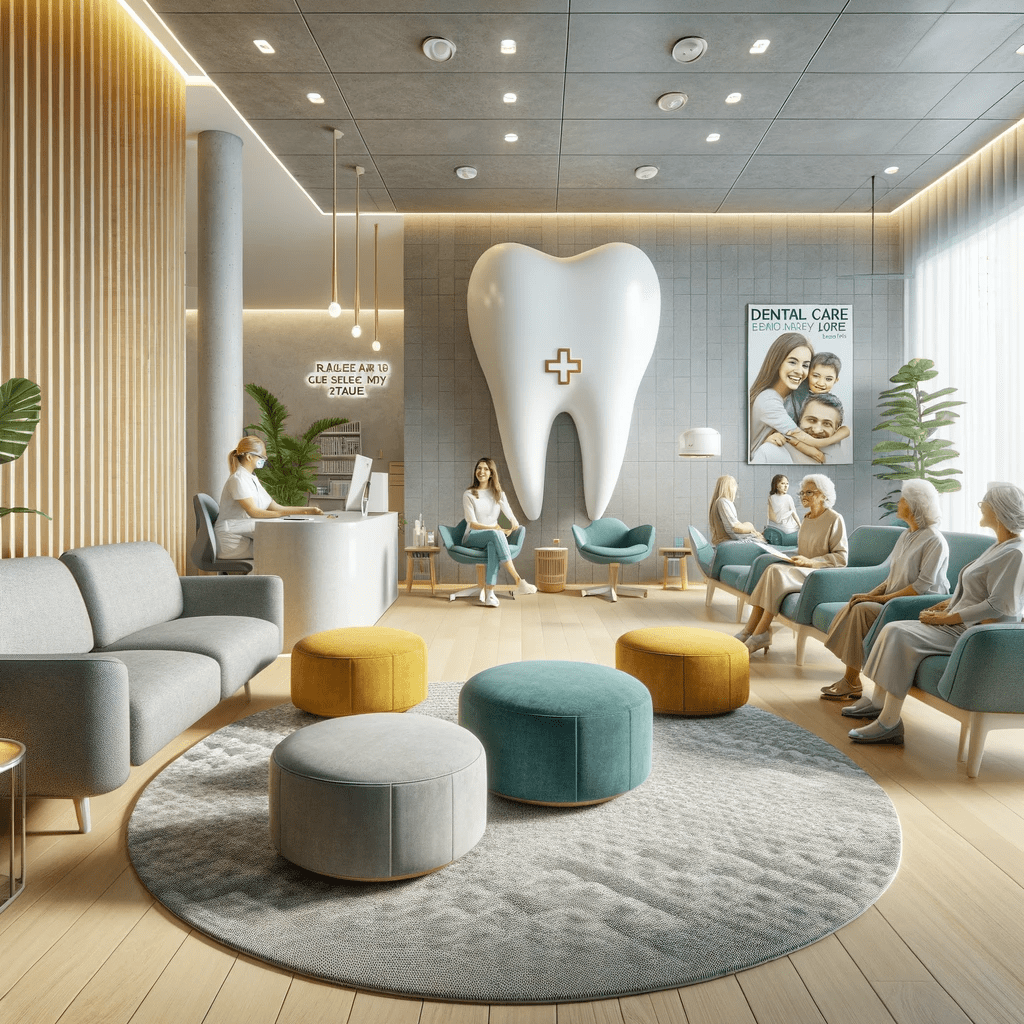Change is continual in the human body. For instance, your lungs continue to inhale and exhale, your heart keeps pumping blood, your digestive system keeps breaking down your last meal, your hair grows a little longer, and new skin cells are created.
You can see how your eyes, muscles, and memory change over time if you take a long-term view of things. No surprise, your teeth are constantly shifting in this ever-changing environment.
Even your teeth will continue to shift even after orthodontic treatment is finished. Here are several reasons your teeth will shift after getting braces:
A Variety of Pressures Are Exerted on the Teeth
You’re continually chewing and biting, placing slight pressure on the teeth. You create little force when you use your tongue, converse, or even nibble on an apple. These pressures, if left unchecked, may eventually cause your teeth to shift.
Changes Reset the Balance in the Mouth
Having one’s teeth pulled or having a tooth knocked out might throw the whole system off. In time, your remaining teeth may shift into the space left by the missing tooth. It’s not always as dramatic as losing a tooth, but development and age-related changes to your mouth may also affect the relationship between your teeth.
Mouth Memory Is Quite Durable
These periodontic ligaments and other teeth-sealing structures “remember” where they formerly were with the rest of the mouth. Braces might cause teeth to try to find their way back home.
For example, if braces straighten a tooth but don’t fix the bone that surrounds it, the gums and bone will try to move the tooth back to its previous position.
Ligaments Are Not Stable
The periodontal ligament connects each tooth to the jaw bone but is not permanently attached. Bones are strong, while ligaments are softer. As an alternative, they have a flexible structure. To begin with, these ligaments allow orthodontic treatments to move teeth and to continue to move teeth following treatment.
Nothing Is Keeping the Teeth in Place
Braces or a retainer are a barrier to your teeth’s natural movement, stopping them from progressing in the direction they would otherwise travel. However, your teeth are free to roam after removing external constructions.
If you’ve just completed or are currently getting orthodontic treatment, hearing that your new smile won’t remain straight forever may be upsetting. Even if your teeth shift somewhat, your smile will be far more aligned than before treatment. In addition, any worries you have about wearing retainers might serve as a drive to do so.
Your retainer is especially vital during the first several months after treatment. Your teeth will be able to settle into new places, and your jawbones will firm around them if you wear the retainers throughout this time. As a consequence, your teeth will not move as much. For the remainder of your life, you’ll need to use a retainer once or twice a week while you sleep. Ask us for detailed advice.
Retainers may cause teeth to move for all the above reasons, even if you wear one. On the other hand, a retainer will help keep your teeth in place and preserve the radiance of your smile for the rest of your life.
Conclusion
While it is normal for your teeth to change over time, orthodontic treatment is a solution. If you’ve had orthodontic treatment, you should expect your teeth to move for some time following treatment. However, if you wear your retainers daily, you’ll have a more stable and beautiful smile for the rest of your life.
Do you want a complete smile makeover? Waban Dental Group can assist you in taking the initial step toward enhancing the appearance and condition of your teeth and smile. We provide comprehensive dental care for the whole family. If you need an orthodontic assessment, please contact our office in Newton, MA, to schedule an appointment!






